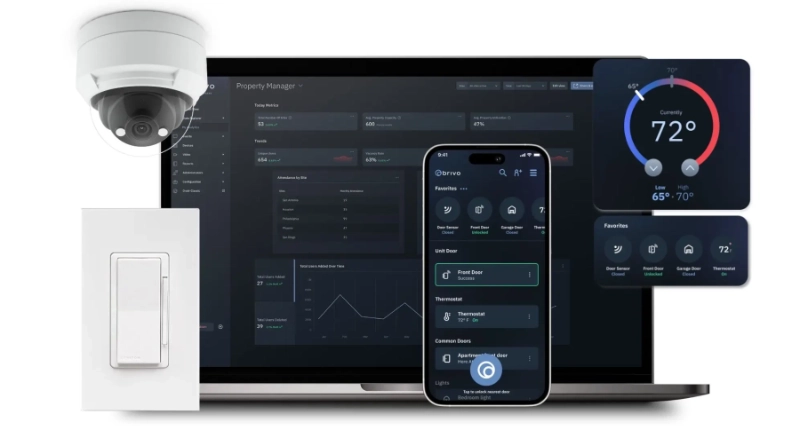You have A LOT on your plate as a healthcare administrator in 2023. From an increase in workplace violence and the need to keep medications out of unauthorized hands, to an abundance of private data to keep safe and costly medical equipment and supplies to protect, it might feel like your to-do list goes on and on.
And, we don’t have to tell you, but the healthcare sector is expanding and evolving at an increasingly rapid pace.
Forbes says the number of older Americans will [peak] in 2030 at roughly 56 million adults. The Association of American Medical Colleges (AAMC) says hospitals across the country are upgrading their campuses, equipment, and emergency plans to “[prepare] for more frequent and severe weather events,” such as rising overall temperatures and an increased number of hurricanes, blizzards, and floods.
Becker’s Hospital Review recently asked 66 U.S. healthcare executives how their organizations will grow over the next few years. Predictably, many have plans to increase their physical footprints.
David L. Callender, MD, told Becker’s that Memorial Hermann Health System in Houston, will be “[eliminating] barriers to access by expanding urgent care throughout the communities [they] serve.”
In Milwaukee, Froedtert Health is increasing its community-based service offerings because more people are now “seeking care close to where they live, as opposed to close to where they work,” Mark Behl, MHA, MBA, told Becker’s. “[Our] strategy is about getting the right care, to the right patient, at the right location (which is most convenient for them),” he explained.
Colin LeClair, CEO of Connections Health Solutions in Phoenix, explained to Becker’s how his organization will bring more immediate-access behavioral health crisis care to three metropolitan areas by opening a number of psychiatric emergency treatment centers next year. “Our upcoming and future growth is fueled, in part, by the launch of the 988 crisis line and the recognition that for crisis care to be most effective, people in crisis need someone to respond and a place to go,” he said.
And Paul Hinchey, MD, shared with Becker’s how University Hospitals in Cleveland continues to bring care closer to patients, including through a new Level II special care neonatal unit in an accessible location, a center devoted to men’s health, and “one of the most advanced sports performance centers in the nation.”
Each of these intended projects pursues the ultimate goal for any health system — bringing care closer to patients. They also increase the number of people, places, and things needing protection.
Electronic and cloud-based access control is changing how healthcare organizations centralize and secure their facilities. Thousands of providers across the U.S. are benefitting from the ability to manage multiple sites from a single web interface, have more confidence in their access records, and share data across departments.
Through connections with their corporate identity access management (IAM) systems, healthcare providers are linking their growing physical and digital access environments to gain an integrated view of all access points in a single location.
At Brivo, we are proud to have served the healthcare industry for more than 20 years. Helping you get a 360-degree view of your facilities and networks will be our privilege.
Have five minutes?













